
Spiti Valley, a hidden gem in the Himalayas, beckons adventurers and nature enthusiasts with its untouched beauty and serene landscapes. As you plan your Spiti visit to this enchanting destination, timing is crucial to make the most of your experience. Whether you seek thrilling treks, romantic getaways, or a rendezvous with snow-capped peaks, the best time to visit Spiti Valley varies depending on your interests.
Climate and Weather in Spiti Valley
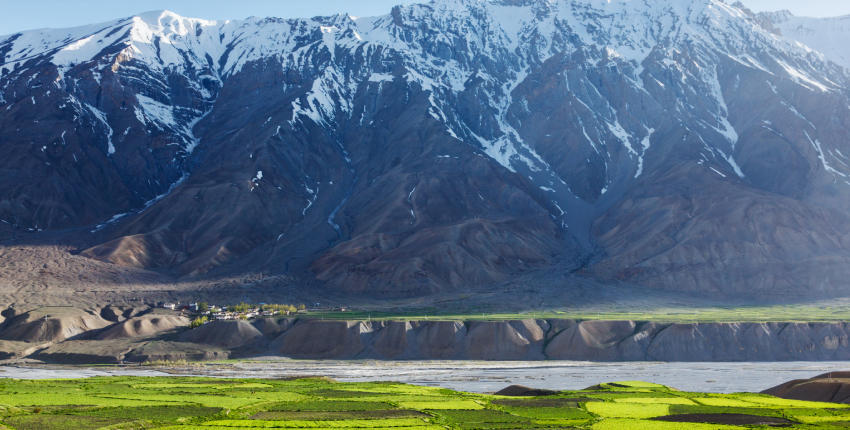
Spiti Valley experiences a high-altitude desert climate, with four distinct seasons: summer, monsoon, autumn, and winter. Understanding the climate and weather patterns is essential to planning a successful trip. There might not be any specific best time to visit Spiti as it is always good to visit Spiti. Only the thing you need to figure is what you want to do in Spiti. As for common tourists are concerned the best time for them would be Summer in Spiti which starts from May to September every year.
Summer Splendor: Discovering Spiti Valley’s Vibrant Charm
From June to September, Spiti Valley awakens with a burst of colors. The temperature hovers between 15°C and 25°C, offering pleasant days for exploration. It’s the ideal time for treks like Pin Parvati Pass and Hampta Pass. Embrace the clear skies and venture into picturesque villages like Kaza and Dhankar to witness the vibrant local culture.
Tips for Summer Travel:
- Pack light and breathable clothing for warm days.
- Carry a light jacket or sweater for cooler evenings.
- Don’t forget sunscreen, sunglasses, and a hat to protect yourself from the high-altitude sun.
- Stay hydrated and drink plenty of water to combat the dry climate.
- Plan your treks in advance and ensure you have the necessary gear and permits.
Tip! Here is the best tour for Spiti Visit from Shimla…
Embracing the Monsoon Magic: Rainy Season Delights in Spiti Valley
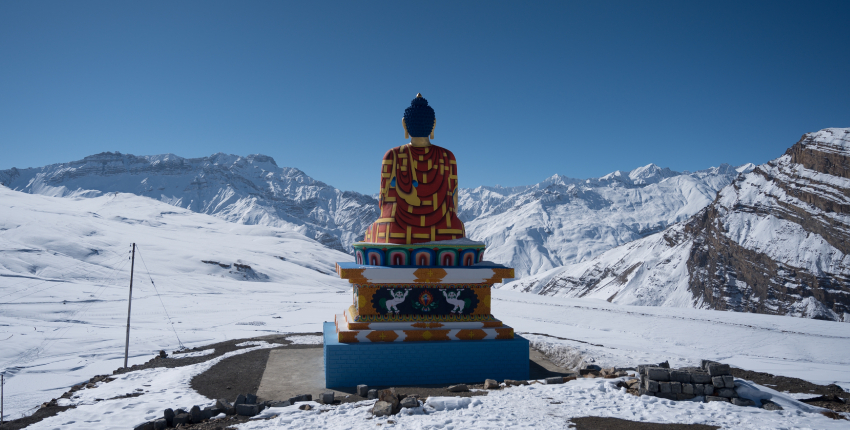
From July to September, the landscapes transform into a paradise, with dramatic cloud formations and glistening streams. While road travel might be challenging due to occasional landslides, the showers breathe life into the valley, making it a photographer’s delight. Experience the serenity of ancient monasteries like Key and Tabo as you immerse yourself in the tranquility of the rain-washed surroundings.
Tips for Monsoon:
- Check weather conditions and road status before traveling, as landslides can occur.
- Carry waterproof clothing, including raincoats and waterproof boots.
- Be prepared for occasional road closures and delays due to heavy rainfall.
- Explore indoor attractions like Tabo Monastery and Dhankar Monastery during wet weather.
- Capture the misty landscapes and dramatic skies with your camera.
Autumn’s Palette: A Photographer’s Paradise in Spiti Valley
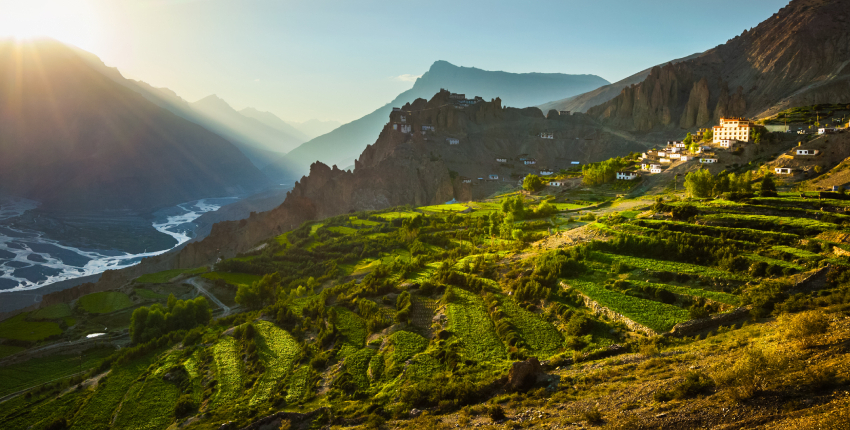
As summer bids adieu, Spiti Valley adorns itself with a breathtaking tapestry of autumn colors. September to November brings crisp air and temperatures ranging from 5°C to 20°C. The golden hues of the landscape and the clear blue skies offer a visual feast for photography enthusiasts. Explore the mesmerizing Spiti River, visit the high-altitude village of Langza, and witness the spectacle of changing seasons as Spiti Valley gracefully transitions into winter.
Tips for Autumn:
- Dress in layers to stay comfortable as temperatures can vary.
- Carry your camera equipment and extra memory cards to capture the stunning autumn colors.
- Check for any specific festivals or events happening during your visit.
- Enjoy hiking trails amidst the colorful landscapes and capture the beauty of Langza and Kibber villages.
- Experience homestays to interact with locals and learn about their culture.
Winter Wonderland: Unveiling Spiti Valley’s Snowy Serenity
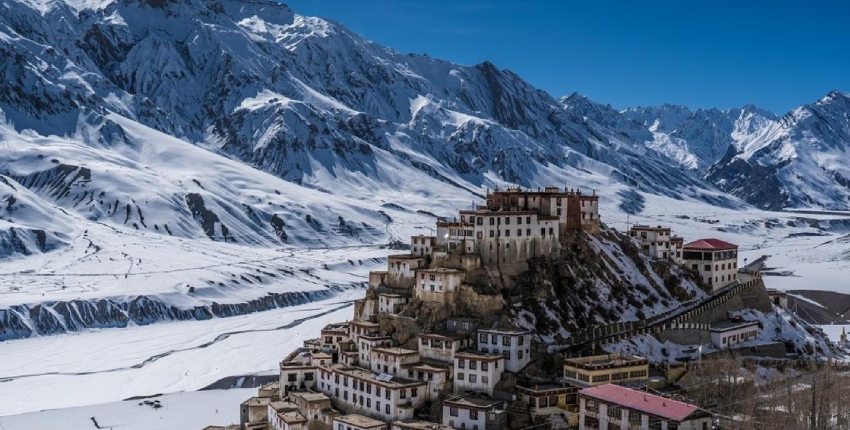
Winter casts a spell on Spiti Valley, transforming it into a pristine wonderland. From December to February, the valley is blanketed in glistening snow, and temperatures dip to -30°C. Adventurers seeking solitude and an awe-inspiring experience can embark on winter treks like the Chadar Trek. Delve into the unique cultural traditions of the locals, enjoy warm hospitality, and witness the grandeur of Spiti Valley as it embraces its frozen splendor.
Tips for Winter:
- Pack heavy winter clothing, including thermal wear, down jackets, and insulated boots.
- Carry extra batteries and protection for your camera equipment in cold weather.
- Check for road closures and travel with experienced drivers familiar with winter conditions.
- Book accommodations with adequate heating facilities or opt for homestays for a cozy experience.
- Engage in cultural experiences like participating in local festivals and witnessing traditional ceremonies.
Trekking Trails and Adventures: Finding the Perfect Time to Hike Spiti Valley
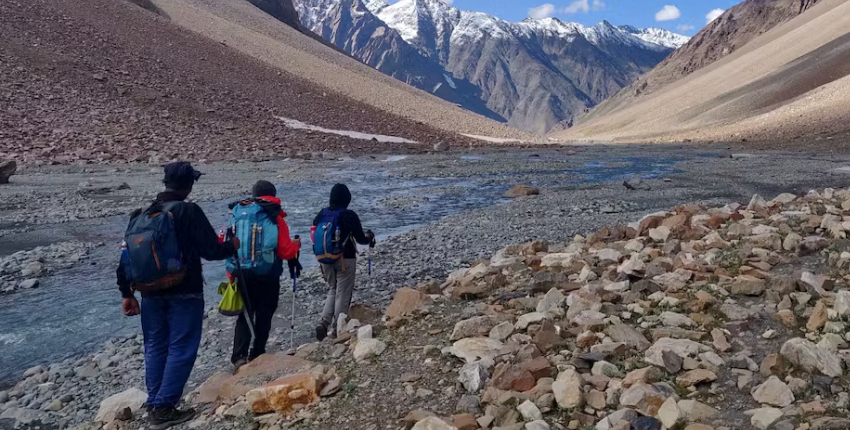
Spiti Valley offers thrilling trekking opportunities for adventurers. In the summer months of June to September, when the trails are clear and the weather is favorable, embark on treks like Pin Parvati Pass and Chandratal Baralacha Trek. Winter treks like Chadar Trek, from January to February, provide an extraordinary experience of walking on the frozen Zanskar River. Choose the season that aligns with your trekking preferences and embark on an unforgettable adventure.
Tips for Trekkers:
- Research and select the trek that matches your skill level and preferences.
- Carry appropriate trekking gear, including sturdy boots, trekking poles, and a backpack.
- Acclimatize properly before starting high-altitude treks to avoid altitude sickness.
- Hire experienced local guides who are familiar with the terrain and weather conditions.
- Check the availability of permits and make necessary arrangements in advance.
Honeymoon Haven: Romance and Tranquility in Spiti Valley
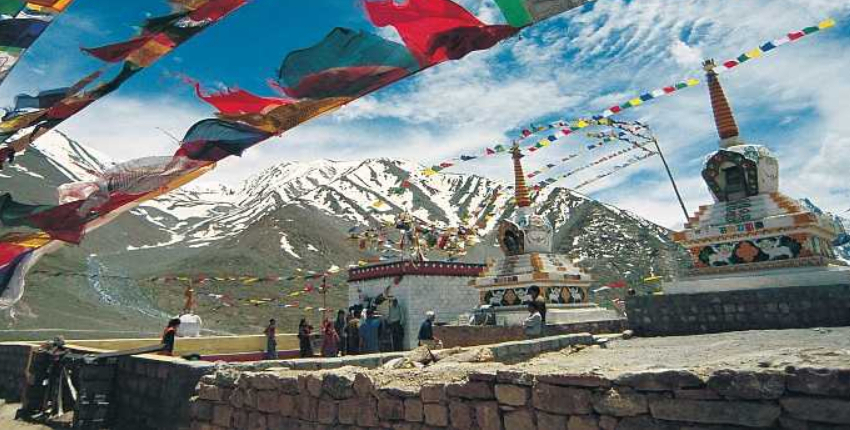
For couples seeking an intimate and picturesque honeymoon, Spiti Valley provides a perfect setting. Summer and autumn, from June to November, offer comfortable temperatures and breathtaking landscapes. Enjoy leisurely walks through picturesque villages, visit monasteries, and revel in the tranquil ambiance of the valley. Create unforgettable memories against the backdrop of snow-capped peaks, pristine lakes, and the serenity of Spiti Valley.
Tips for Honeymooners:
- Choose accommodations that offer privacy and a romantic ambiance.
- Plan candlelit dinners or picnics amidst the stunning landscapes.
- Take leisurely walks hand in hand and enjoy the peaceful atmosphere.
- Arrange for special experiences like a private monastery visit or a traditional cultural performance.
- Don’t forget to capture your cherished moments together against the backdrop of Spiti Valley’s beauty.
Chasing Snowflakes: The Best Time for Snow Lovers in Spiti Valley
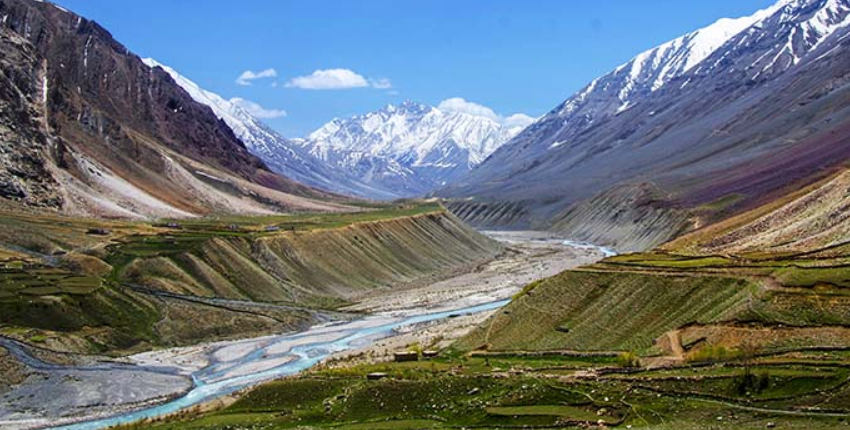
If you’re a snow enthusiast yearning for a winter wonderland, Spiti Valley is your ultimate destination. From December to February, this breathtaking region transforms into a snowy paradise. Immerse yourself in the ethereal beauty of Spiti Valley as temperatures plunge, reaching as low as -30°C. Engage in thrilling snow activities, witness frozen waterfalls, and embark on the legendary Chadar Trek. Brace yourself for an awe-inspiring adventure and create indelible memories amidst the pristine snowscape of Spiti Valley.
Tips for Snow Enthusiasts:
- Pack warm and insulated clothing, including thermals, gloves, and beanies.
- Carry snow boots with good traction for walking on slippery surfaces.
- Stay updated on weather forecasts and road conditions to plan your travel accordingly.
- Engage in snow activities like building snowmen, snowball fights, or even skiing if available.
- Embrace the cozy atmosphere by enjoying hot beverages and local delicacies by the fireplace.
Snow enthusiasts can witness the enchanting beauty of Spiti Valley during the winter months of December to February. Remember to prioritize safety, respect local customs, and plan your itinerary according to your interests and the specific season you choose to visit Spiti Valley.
Leave a Reply